HABs and Probiotics Study
by Michael Frett, Deboarah Lee, and Dan Mckeaton of Natural Lake Biosciences Laboratories
A study monitering the effectiveness of using Natural Lake Biosciences’ Probiotic products MuckBiotics and MD Pellets to reduce sediment in water bodies in order to impede the growth of HABs.

Summary
Natural Lake Biosciences has extensively studied the effects of internal nutrient accumulation within the soft sediment and water column of a water body. In particular, we have primarily focused on the subsequent formation of cyanobacterial algae blooms in water bodies with high levels of accumulated nutrients. Since 2017, Natural Lake Biosciences has conducted multiple studies using a pond mesocosm setup within our laboratory as well as in waterbodies experiencing consistent cyanobacterial algae blooms. Specifically, we have included data from a treatment program that was completed in conjunction with lake professionals and Pond Watch Program volunteers from a five-acre pond in the Lee County Hyacinth Control District in Southern Florida that has experienced consistent Microcystis blooms.
Treatment programs within the laboratory and the field focused on the application of MuckBiotics or MD Pellets in order to reduce soft sediment depth, decrease sediment nutrients, and reduce the frequency and intensity of algal blooms. Overall, it appears that our treatment programs within the laboratory and the field have proven to be successful in reducing the prevalence of algae, particularly cyanobacterial algal blooms, through nutrient limitation and sediment reduction.
I. Cyanobacterial HABs
Rising temperatures, nutrient enrichment, and the accelerated eutrophication of water bodies has led to an increase of algal bloom occurrence and intensity. A recent 2019 study on 71 lakes has found that algae bloom intensity has increased in 68% of lakes studied (Ho, 2019). Harmful algae blooms consisting of cyanobacteria have also followed this pattern of increased occurrence and intensity, where sediment core analysis has shown a significant increase in cyanobacteria proliferation in lakes since 1945 (Taranu et al., 2015). Cyanobacteria, which are often referred to as blue-green algae, are photosynthetic bacteria that have the ability to form extensive blooms and produce toxins under certain environmental conditions. Some examples of abundant cyanobacteria and their subsequent toxins are Microcystis (Microcystins), Aphanizomenon (Saxitoxins), and Anabaena (Anatoxin-a) (Huisman et al., 2018).
Rising global temperatures, CO2 concentrations, and elevated nutrient levels in waterways have been attributed as the predominant factors for increased levels of cyanobacterial blooms (Huisman et al., 2018). Regarding nutrient enrichment, nitrogen and phosphorous are the primary drivers for the eutrophication of water bodies as well as the formation of cyanobacterial blooms and cyanotoxins (Paerl et al., 2011; Orihel et al., 2013). Although it is up for debate whether nitrogen or phosphorus is a limiting nutrient for cyanobacteria growth, it appears that both nitrogen and phosphorous can be limiting nutrients under various environmental conditions when different types of cyanobacteria are present (Paerl et al., 2011). Because of this, dual nutrient management appears to be the necessary approach when considering cyanobacteria. Nutrient enrichment can be caused from a variety of external and internal sources. Runoff, nutrient loading from upstream, and waterfowl can all bring fluxes of external nutrients into a water body. Internally, nutrients can be cycled between the sediment and water column, effectively retaining nutrients locally within a water body (Cheng et al., 2016). The continued presence of locally accumulated nutrients within a water body system has led to reoccurring blooms in predictable locations (Randall et al., 2019).
Harmful
Harmful algae blooms can negatively impact the recreational and municipal use of water bodies. The primary concern of harmful algae blooms is the subsequent release of toxins into the water body. The timing and quantity of toxin molecules released during a bloom is largely unpredictable, but cyanobacterial toxins can cause liver, digestive, and neurological diseases when coming in contact with humans, birds, and mammals (Huisman et al., 2018). Additionally, cyanobacterial blooms can cause water quality issues such as increased turbidity, abhorrent taste and odor, oxygen depletion from microbial degradation of cyanobacteria, and subsequent fish kills (Huisman et al., 2018). Annually, negative effects from harmful algae blooms cost the United States over 4 billion dollars (USD) (Ho, 2019). These economic impacts are caused by effects on aquatic food production, recreation and tourism, and on drinking water supplies (Ho, 2019).
II. Natural Lake’s Approach to Cyanobacterial HABs
Here at Natural Lake Biosciences, we have extensively studied the effects of internal nutrient accumulation within the soft sediment of a water body. Although the formation of cyanobacterial algae blooms is multicausal, it appears that the sediment has a large influence on the growth and development of cyanobacterial algae blooms (Kitchens et al., 2018). Specifically, the sediment layer can act as a reservoir pool for the buildup of phosphorous and nitrogen that can become bioavailable to certain cyanobacteria through the release of soluble nutrients into the water column as well as uptake directly from the sediment. (Hou et al., 2013; Randall et al., 2019; Cottingham et al., 2015). This internal supply of nutrients can consistently fuel the growth cycle of cyanobacteria. For example, cyanobacteria such as Microcystis can inhabit the sediment layer, where overwintering populations within the sediment exhibit high survivability and can possibly internally seed the formation of a cyanobacterial surface bloom when optimal growing conditions are present (Kitchens et al., 2018; Reynolds et al., 1981). Interestingly, toxin producing strains of sedimentary Microcystis were observed to have a higher propensity for recruitment into the water column, possibly leading to higher toxin release during internally seeded blooms (Kitchens et al., 2018). The vertical migration of benthic cyanobacteria into the water column is made possible through sediment disturbances and the ability to control buoyancy with gas vesicles. Buoyancy control provides various cyanobacteria a competitive advantage in comparison to green algae and submerged aquatic plants, as light penetration into the water column is largely limited during cyanobacterial surface blooms (Reynolds et al., 1987). Overall, the inter-connectedness between the sediment and the water column appears to be a driving factor in cyanobacterial bloom development.
In many eutrophic water bodies, a buildup of soft sediment has increased the capacity for accumulating and retaining nutrients internally within a water body. The overaccumulation of nutrients within the sediment can cause a flux of internal nutrient cycling between the water column and sediment layer (Randall et al., 2019). For example, reservoir pools of phosphorous within the sediment have been associated with an increased release of phosphorus into the water column and subsequent growth of cyanobacteria (Randall et al., 2019). The tendency for phosphorous to recycle locally within a freshwater system between the water column and sediment fosters the growth of legacy algal blooms occurring in predictable locations where sedimentary nutrient levels have remained consistently high (Randall et al., 2019). Phosphorous release into the water column can be caused by interactions between the water and sediment as well as various changes in environmental conditions such as DO, pH, and temperature (Hou et al., 2013). The story does not stop at nitrogen and phosphorous; as the internal buildup of carbon and other organic rich matter within the soft sediment of freshwater bodies can also help aid in the growth and proliferation of cyanobacteria.
There are various ways to combat the growth of harmful cyanobacteria such as internal and external nutrient management, dredging, artificial mixing or aerating, and chemical control (Huisman et al., 2018). Natural Lake Bioscience’s primary approach is a proactive nutrient management plan that focuses on the sediments within a water body in order to combat the development of harmful algae blooms. Natural Lake’s goal is to reduce the nutrient pool of a pond using our probiotic bacterial products MD Pellets or MuckBiotics®. Although these products are not algaecides, reducing the internal nutrient pool should help induce competition and limit the levels of nutrients available for cyanobacterial growth and bloom development. Specifically, MD Pellets and MuckBiotics were designed to reduce soft sediment depth, reduce soft sediment nutrient content, and thus reduce nutrient release into the water column. These reductions should help limit the ability for cyanobacteria to overwinter within the sediment layer as well as limit the overall internal nutrient reservoir within a water body. Through this proactive nutrient management plan, Natural Lake’s goal is to help foster a healthier sedimentary layer and reduce the frequency and intensity of future harmful algae blooms
III. Natural Lake’s Approach to Cyanobacterial HAB Research
MuckBiotics and MD Pellets have been tested extensively in the field as well as the Natural Lake laboratory for reducing sediment depth, decreasing sediment nutrients, and reducing the frequency and intensity of algal blooms. Within the Natural Lake laboratory, a pond mesocosm was set up using 15 gallon fish tanks filled with soft sediment and water from a local pond. These model ponds were treated with MuckBiotics for a period of 12 weeks, with weekly measurements for water quality and soft sediment depth being taken throughout the testing period. Soft sediment nutrients and metagenomics were analyzed before and after the 12 week testing period. The same testing methods were applied to the source pond for water and sediments to act as a field comparison. More information and laboratory research in regard to MuckBiotics and MD Pellets can be found online on the NaturalLake.com website.
Field testing took place at ponds within Southern Florida. The tested ponds had a consistent history of developing HAB’s throughout the summer, specifically Microcystis, and were treated with MD Pellets during the summer of 2016.
A. Organic Sediment Reduction
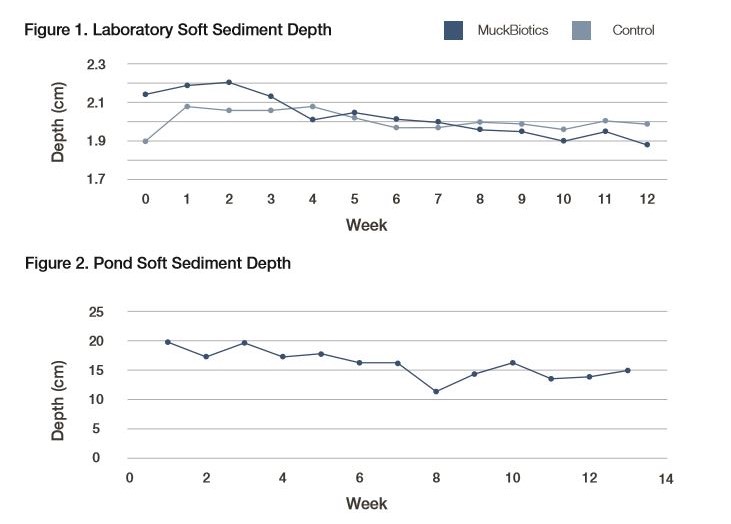
Figure 1 and 2.
Soft sediment depth was measured weekly and averaged between 32 sample sites (laboratory pond tanks) and 8 sample sites (pond). MuckBiotics was applied at a dose rate of 12.5 lbs per acre per month during the treatment period.
Reductions in soft sediment were observed both in the laboratory and the field when applying MuckBiotics throughout the testing period. Sediments that were not treated with MuckBiotics, and thus acted as a control, remained relatively consistent in regard to soft sediment depth throughout the testing period.
Decreasing organic matter excludes more water from the sediment particles resulting in compaction of sediments and a reduction in soft sediment depth. Reducing soft organic sediments in a pond reduces the available nutrient reservoir of a pond, thus limiting the amount of nutrients that can be recycled back into the water column. This would effectively limit the amount of bio-available nutrients available for cyanobacteria growth and bloom development. Also, reducing soft organic sediments in a pond increases the water volume of a pond, allowing for a greater dilution effect to occur when external nutrients enter into the water column of a pond.
B. Sediment Nutrient Reduction in Laboratory Pond Tanks
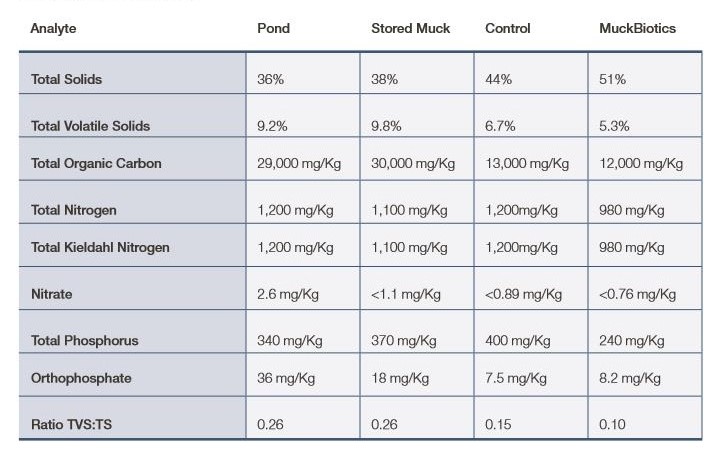
Figure 3.
200 mL of Soft sediments were collected and sent for nutrient analysis by TestAmerica, Chicago. Composite samples were collected prior to the testing period from the pond and stored muck prior to application into the tanks. After the 12 week testing period, composite soft sediment samples were collected from the MuckBiotics treated tanks (MB) and control tanks.
Sediment nutrients were observed to decrease after the addition of MuckBiotics to the sediment layer.
Total volatile solids, total nitrogen, total phosphorous, and organic carbon all decreased after the 12 week treatment period. Lower sediment nutrients decrease the risk of nutrients being released into the water column mainly due to sudden high flows or other activities that lead to sediment disturbance. Lower available nutrients, both within the sediment as well as released into the water column, limits the amount of algal blooms that can occur. Over time, decreased nutrients should help limit the frequency and intensity of blooms within a water body.
C. Reduced Frequency of Blooms
Figure 4. Nostoc Observed
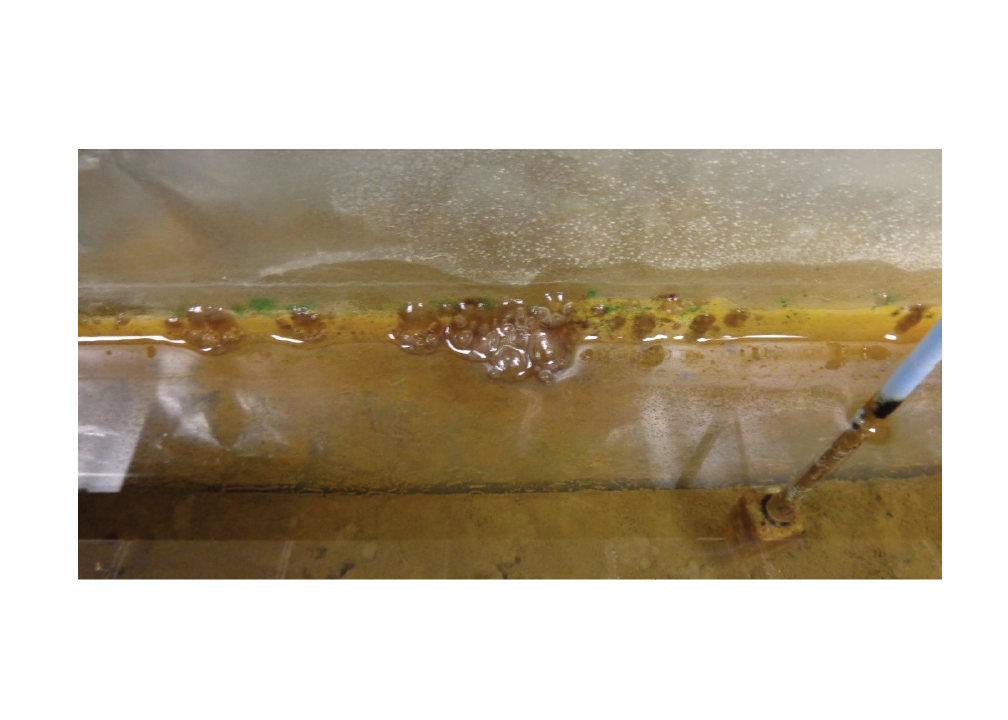
Figure 4.
Brown/Green spheres of Nostoc were observed only in the control tanks after 12 weeks of testing. Nostoc is a filamentous cyanobacterium that can form macroscopic colonies. The pond tanks treated with MuckBiotics did not contain any visible evidence of cyanobacteria growth on the surface of the water.
Figure 5. Initial vs Control Vs Muckbiotics
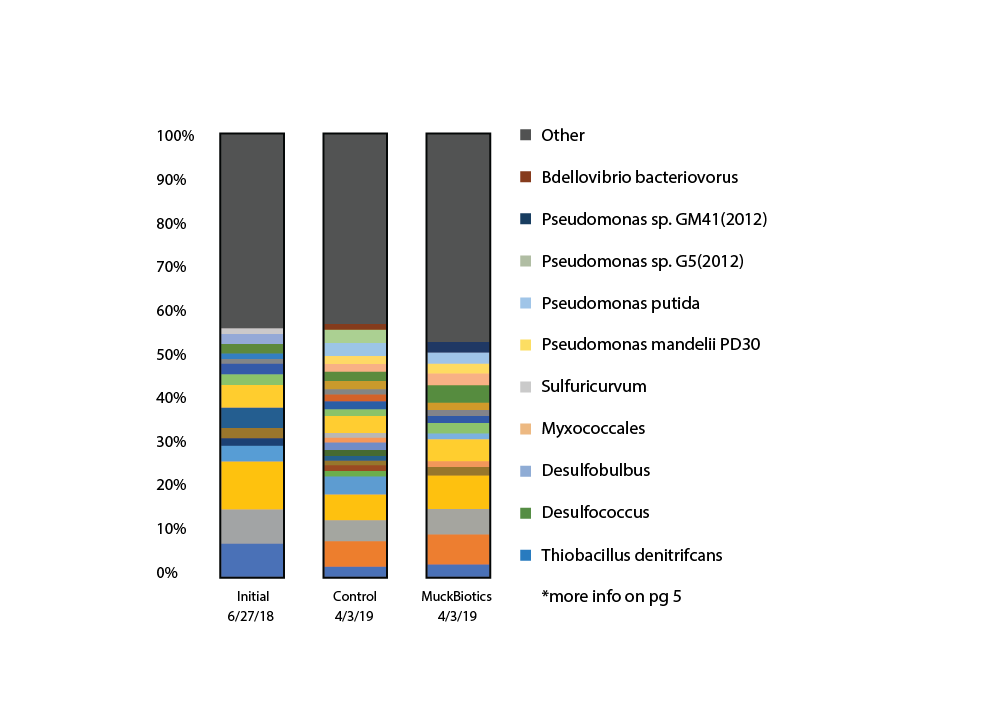
Figure 5.
After 12 weeks of testing, soft sediment samples from the control and MuckBiotics pond tanks were sent to University of Wisconsin Biotech Center for DNA extraction and Illumina NovaSeq 6000 metagenomic analysis. Metagenomic analysis was able to analyze to the genus level.Within the Natural Lake Laboratory, the same pattern of reduced levels of cyanobacteria have been consistently observed in the pond tanks when treated with MuckBiotics. Spheres of Nostoc were only observed in the control pond tanks, whereas there was no visible evidence of cyanobacteria growth in the pond tanks treated with MuckBiotics. Sediment metagenomic analysis also found that there was decreased levels of cyanobacteria within the soft sediment of tanks treated with MuckBiotics. For example, the cyanobacteria Aphanizomenon flosaquae NIES-81 was 1.6x more prevalent in the control tank sediment in comparison to the tanks treated with MuckBiotics.
Within the field, Natural Lake has also observed decreases in the occurrence and intensity of harmful algae blooms after the application of MD Pellets or MuckBiotics. Specifically, MD Pellets were successfully applied to a eutrophic pond in Southern Florida with a history of consistent harmful cyanobacteria surface blooms, specifically Microcystis.
IV. Calusa Case Study
A five-acre southern Florida pond, located at the Calusa Yacht and Racquet Club in the Lee County Hyacinth Control District, has experienced recurrent muck accumulation, nutrient loading, and harmful algal growth issues. Microcystis has consistently formed surface blooms throughout the pond during the summer and fall months. Pond Watch Program volunteers, Ernesto de la Vega, and Natural Lake employees conducted monthly sample collection, water quality analysis, and algae ID between 2015-2017. A treatment program was started in January of 2016 using a proactive treatment program consisting of monthly applications of Natural Lake’s MD Pellets.
Figure 6. Microcystis, 100x Magnification
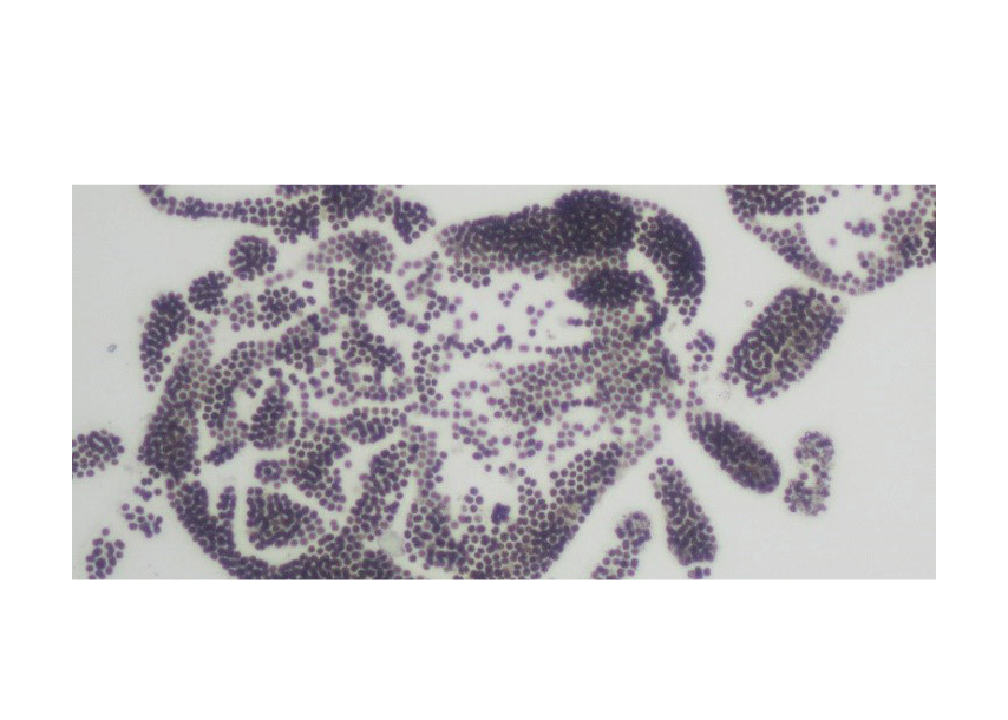
Figure 7. Before and after of Calusa Pond
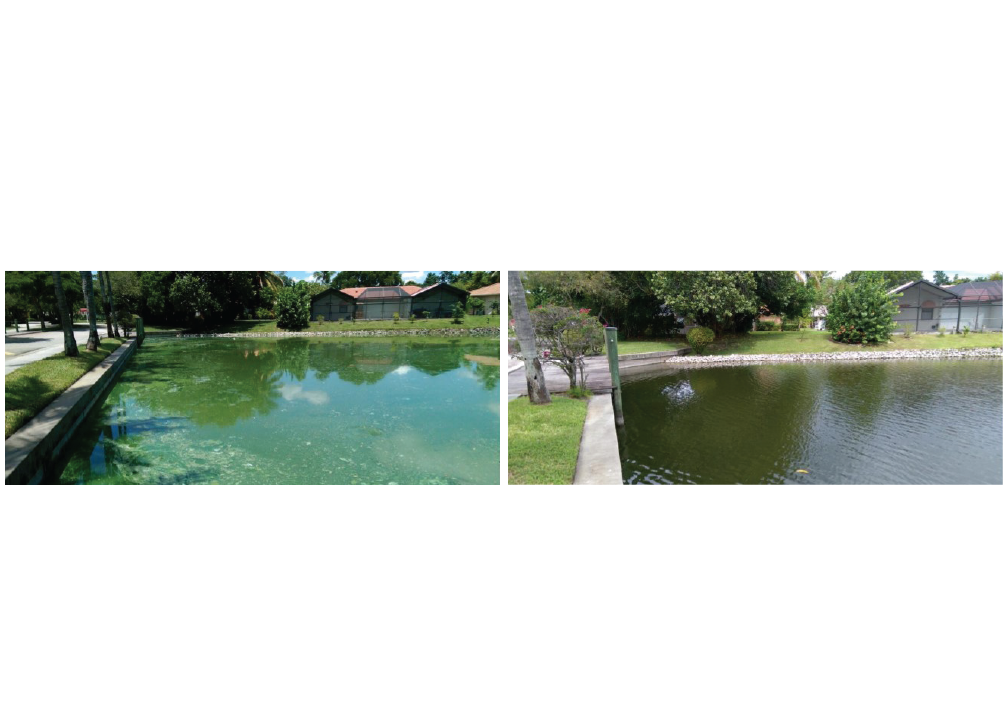
Figure 7.
Surface view from of the Calusa pond in 2015 (left) and during the treatment period of 2016 (right). Surface blooms of Microcystis were consistently present during the 2015 year prior to the start of treatment. Surface water remained relatively clear during the treatment period in 2016.
MD Pellets were applied by aquatic professionals from the Lake Doctor’s Inc. The treatment goal was to reduce the frequency and intensity of Microcystis blooms occurring in the pond (Figure 6).
More information from the Calusa pond treatment can be found in the Pond Watch 2016 Annual Report for Calusa Yacht and Racquet Club, as prepared by Ernesto de la Vega and the Lee County Hyacinth Control District.
After treatment was started in January of 2016, a decrease in water column nutrients and algal growth was observed in comparison to previous years without biological treatments, such as during the year 2015. Yearly averages for nutrient and algal abundance levels, as well as monthly trends appeared to be decreased during the 2016 treatment year in comparison to the 2015 untreated year for the Calusa pond. Overall, the abundance and intensity of Microcystis blooms were reduced and the Calusa pond water remained relatively clear during 2016 (Figure 7).
Rainfall totals did not appear to be a major factor for influencing nutrient levels within the Calusa Pond. Increased levels of rainfall did not seem to correlate to an increase in water column nutrient levels due to runoff. Also, rainfall trends were very similar between 2015 and 2016 (Figure 8). Because of this, it is reasonable to assume that rainfall was not a significant factor regarding nutrient loading and algal proliferation.

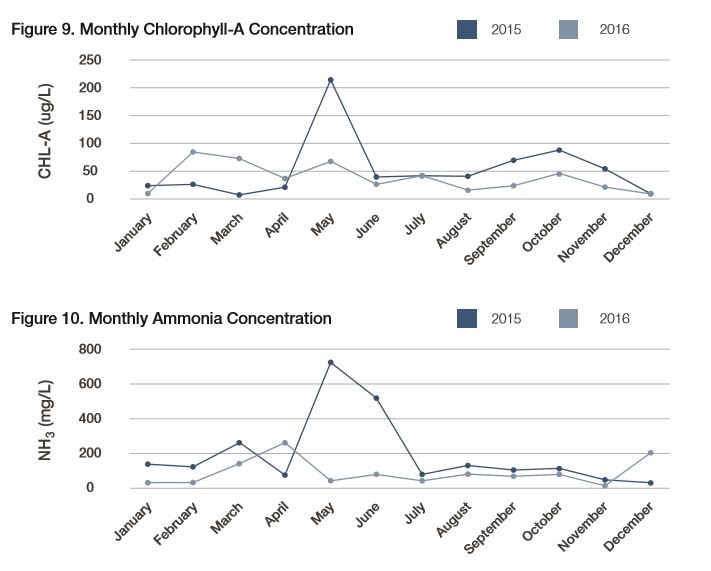
Chlorophyll-A was used as the metric for quantifying algal growth within the Calusa pond. Unfortunately, it was not possible to analyze Chlorophyll-A during July of 2015. However, 49.85 ug/L was the average level of Chlorophyll-A during 2015 in comparison to 34.44 ug/L during the 2016 treatment year. Also, levels of algae growth appeared to decrease somewhat linearly during the 2016 treatment year and remained consistently below 2015 levels from May through December (Figure 9). Overall, algae growth was reduced during the 2016 treatment year, where a specific reduction of Microcystis proliferation was observed during monthly microscopic analysis.
Phosphorous and nitrogen were used as a metric for quantifying nutrient loading within the Calusa pond because they are two of the primary nutrient drivers for algal proliferation and growth. Total nitrogen, ammonia, and nitrate/nitrite analysis were used as metrics for quantifying overall nitrogen loading into the Calusa pond. Similar trends were observed for all nitrogen metrics, where lower levels of nitrogen were consistently observed during the 2016 treatment year in comparison to 2015 (Figures 10,11,12).
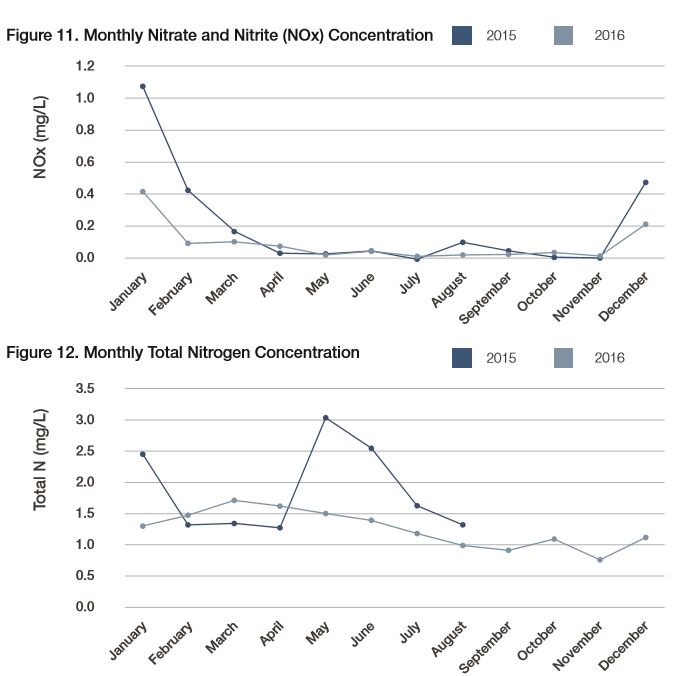
Figure 12.
Monthly water column Total Nitrogen concentration. Total Nitrogen analysis was not possible September-December of 2015.

Total phosphorous was used as the metric for quantifying phosphorous loading into the water column of the Calusa pond. During 2015, average levels of phosphorous were .1125 ppm in comparison to .0945 ppm during the 2016 treatment year. During 2016, monthly phosphorus levels generally remained at or below 2015 monthly levels apart from the month of April (Figure 9). Overall, it appears that water column phosphorous levels were consistently reduced during the treatment period of 2016. Lower levels of nitrogen and phosphorous in the water column should help limit algal growth within the Calusa pond, which was observed when comparing 2015 and 2016 Chlorophyll-A levels.
Over the twelve-month treatment period of 2016, a decrease in total nitrogen and total phosphorous was observed within the water column. Reduced levels of nutrients within the water column were associated with a decrease in levels of Chlorophyll-A. Microcystis was the most consistent harmful algae that developed blooms within this pond prior to treatment in 2016, but growth was largely limited during the 2016 treatment year. Overall, it appears that the proactive application of MD Pellets was able to help reduce the occurrence and intensity of algal blooms, specifically Microcystis, during the 2016 treatment year.
V. Conclusion
Natural Lake Biosciences will continue to investigate the viability of using a proactive treatment approach with bacterial probiotics to limit the frequency and intensity of harmful cyanobacterial blooms in a water body. Through the competition and limitation of nutrients within a system, the potential for harmful algae growth should be decreased, and the effect of external nutrients entering a water body should be subdued. We would like to further understand the mechanism for limiting nutrient uptake and cyanobacteria growth, whether that be the rapid uptake of nutrients by bacteria or another cause for making nutrients unavailable to cyanobacteria. However, it currently appears that the application of MD Pellets or MuckBiotics is a proactive step in fostering a healthier sediment layer, reducing organic sediment, and limiting nutrients for harmful cyanobacterial blooms.
